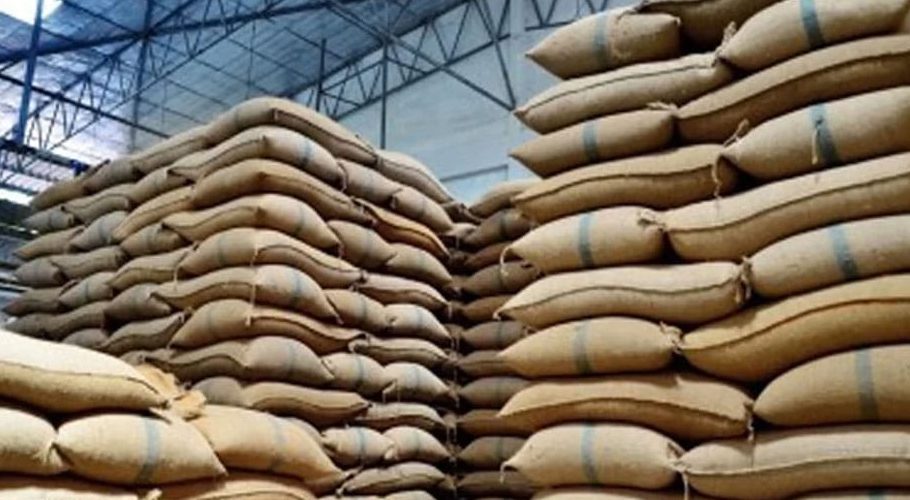NEW YORK: US based credit rating agency Fitch Ratings on Friday downgraded Pakistan’s Long-Term Foreign-Currency Issuer Default Rating (IDR) to ‘CCC+’ from ‘B-‘.
In a statement, the agency said that it does not typically assign outlooks to sovereign nations with a rating of ‘CCC+’ or below.
The downgrade was justified by rising liquidity and policy risks, according to the rating agency.
“The downgrade reflects continuing deterioration in Pakistan’s external liquidity and funding constraints, as well as the decrease of foreign exchange reserves.” Fitch Ratings said.
This is in part due to extensive flooding, which will make it harder for Pakistan to control its twin fiscal and current account deficits.
The downgrade “also reflects our view of increased risks of policies potentially undermining Pakistan’s International Monetary Fund (IMF) program and official financial support.”
Speaking about foreign exchange reserves, it was stated that as of October 14, 2022, the State Bank of Pakistan (SBP) had approximately $7.6 billion, or about one month’s worth of current external payments.
Further observed was the decline in currency reserves from over $20 billion at the end of August 2021.
According to the agency falling reserves reflect huge, albeit diminishing, current account deficits (CADs), external debt servicing, and earlier SBP foreign exchange interventions.
Before stabilizing in the week to 14 October, reserves had been falling every week since the disbursement of $1.2 billion from the IMF in the week till 2 September, upon the completion of the 7th and 8th reviews of Pakistan’s Extended Fund Facility (EFF), the ratings agency said.
It also noted that the CAD reached $17 billion (4.6% of GDP) in the fiscal year that ended in June 2022 (FY22), driven by soaring oil prices and higher non-oil imports on strong private consumption.
Fiscal tightening, higher interest rates and measures to limit energy consumption and imports underpin our forecast for the CAD to narrow to $10 billion (2.7% of GDP) in FY23, despite the hit to export revenue and import needs after the recent floods.
“Lower imports and commodity prices helped to narrow the CAD in recent months, to about $300 million in September,” Fitch said.
Pakistan’s external public debt maturities in FY23 are over $21 billion, mostly to bilateral and multilateral creditors, which mitigates rollover risks, and there are already agreements to roll over some of these.
Earlier this month, Moody’s Investors Service (Moody’s) lowered the government of Pakistan’s senior unsecured debt rating from “B3” to “Caa1” in both local and foreign currencies.
In the wake of the terrible floods that have struck the nation since June 2022, the decision to lower the ratings to “Caa1” is motivated by heightened government liquidity and external vulnerability risks as well as higher debt sustainability risks.



































